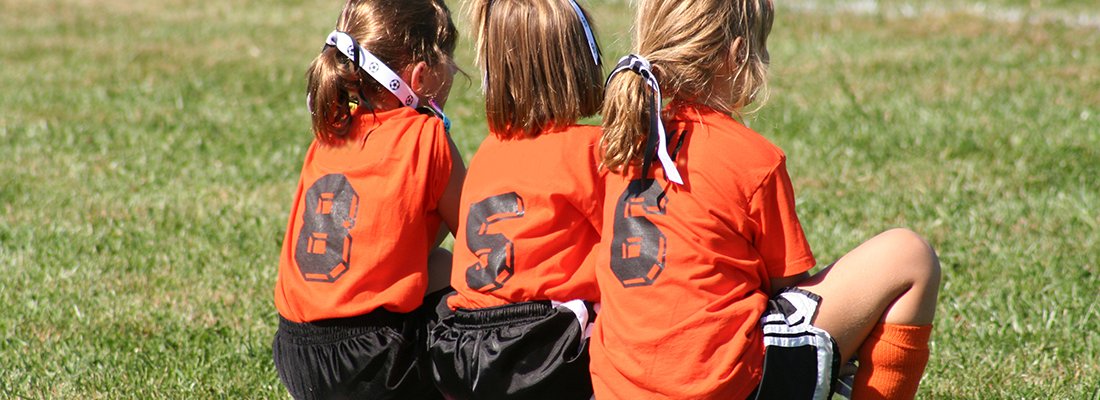It’s important to understand that it is OK if your athlete no longer wants to participate in their sport.
- Consider that physical activity has important benefits for physical health, mental health, and social interaction.

- After having a discussion with your athlete, if stopping sport means they will no longer get sufficient physical activity, you should encourage them to consider trying a new sport or physical activity of interest to them.
- For example, consider offering a transition to another activity: “You are courageous to admit you want to stop participating, but what other physical activities are you interested in doing instead?”
|
|
References
Brenner JS, Council on Sports Medicine and Fitness. Sports Specialization and Intensive Training in Young Athletes. Pediatrics. 2016; 138(3). pii: e20162148. doi: 10.1542/peds.2016-2148..
DiFiori JP, Benjamin HJ, Brenner J, Gregory A, Jayanthi N, Landry GL, Luke A. Overuse Injuries and Burnout in Youth Sports: A Position Statement from the American Medical Society for Sports Medicine. Br J Sports Med 2014;48:287-288.
Brenner J.S. American Academy of Pediatrics Council on Sports Medicine and Fitness. Overuse injuries, overtraining and burnout in child and adolescent athletes. Pediatrics 119(6), 1242-1245, 2007
Witt, Peter & Dangi, Tek. (2018). Why Children/Youth Drop Out of Sports - Journal of Park and Recreation Administration. 36. 191-199. 10.18666/JPRA-2018-V36-I3-8618.
|
 |

